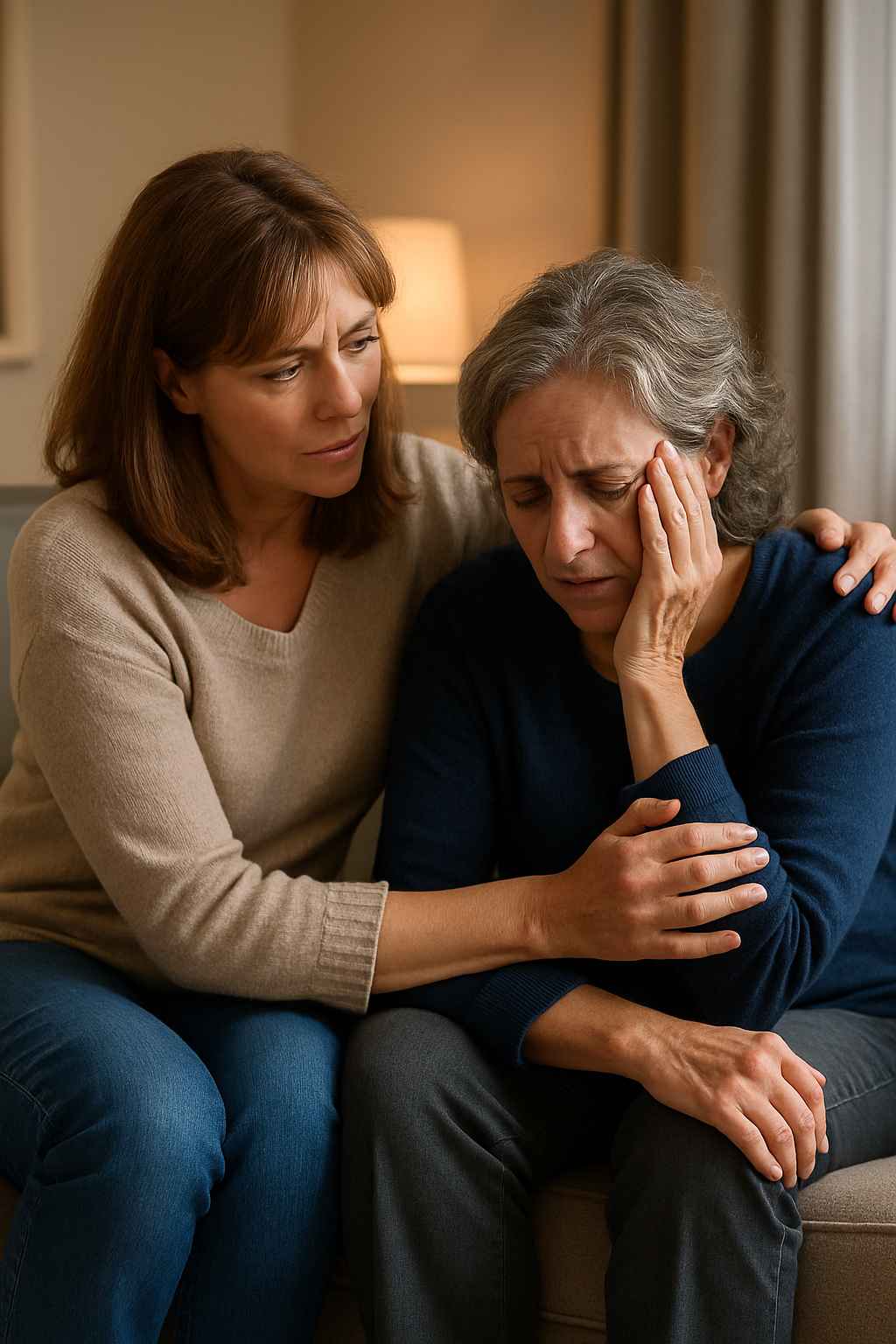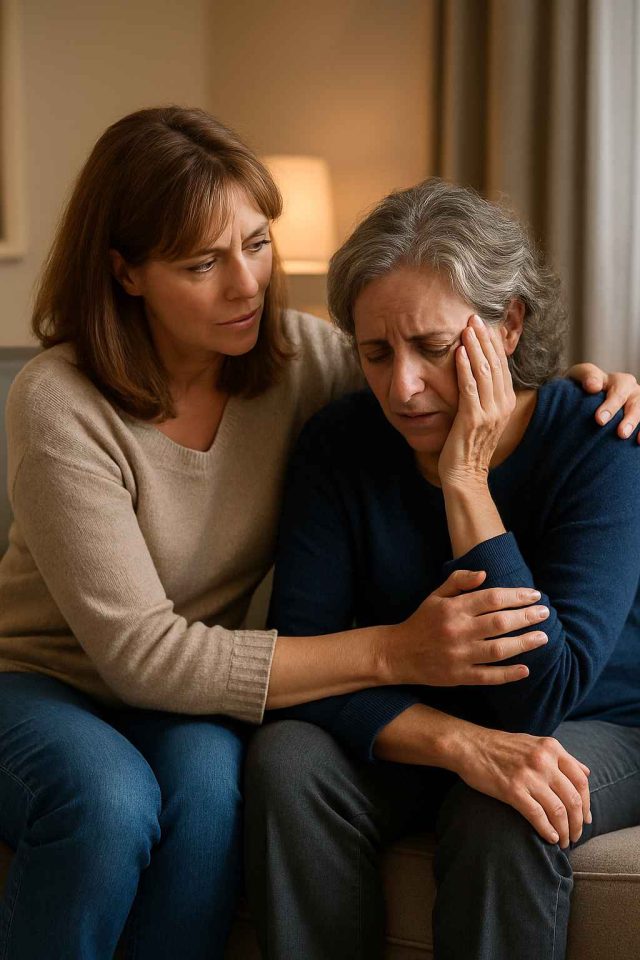
Caring for someone living with chronic pain can feel like running a marathon with no finish line. Each day brings unique challenges—both physical and emotional. But Chronic Pain Caregivers are not alone. Whether you’re helping a loved one with fibromyalgia, arthritis, or nerve pain, this guide offers insights, resources, and strategies to support you on your caregiving journey. After all, when caregivers feel supported, patients benefit too.
Table of Contents
- Understanding the Role of a Chronic Pain Caregiver
- Emotional Impact and Burnout Prevention
- Practical Tips for Daily Care and Advocacy
- Tools, Resources, and Communities for Caregivers
- Conclusion
- FAQs
Understanding the Role of a Chronic Pain Caregiver
The role of a chronic pain caregiver extends far beyond occasional help. It often involves coordinating appointments, managing medications, tracking symptoms, and offering daily emotional support. While the patient experiences the pain firsthand, caregivers absorb much of the stress surrounding that pain.
Conditions like complex regional pain syndrome (CRPS), lupus, or fibromyalgia can fluctuate unpredictably. As a result, caregivers must remain flexible and attentive. They must also understand that chronic pain often has invisible symptoms, such as fatigue or brain fog. Because of this, friends and extended family may not grasp the intensity of the patient’s needs—leaving caregivers to shoulder much of the load alone.
In addition, many caregivers are spouses, adult children, or close friends. They step into these roles without formal training or preparation. Yet they become care coordinators, home health aides, and patient advocates all at once. Their support is invaluable, but it can also feel overwhelming without proper guidance and community support.
To explore personal stories and tips, visit Health.HealingWell.com’s top articles, where others have shared their experiences with caregiving.
Emotional Impact and Burnout Prevention
Chronic pain caregivers are especially vulnerable to emotional fatigue. Long hours, emotional labor, and witnessing a loved one’s suffering can lead to burnout. If not addressed, caregiver stress can lead to depression, resentment, or physical illness.
Burnout doesn’t happen overnight. It builds slowly—often masked by guilt or the desire to stay strong. Some caregivers stop seeing friends, neglect their own health, or struggle with sleep. Recognizing these early warning signs is key to preventing long-term emotional harm.
However, small habits can make a big difference. Setting boundaries, scheduling regular breaks, and asking for help aren’t signs of weakness—they’re signs of smart caregiving. Support groups also provide a space to vent, share strategies, and feel understood. Online forums and local meetups can foster connections with people who face similar daily struggles.
It’s also important to know that seeking help from professionals is a sign of strength. Whether it’s therapy, coaching, or guidance from a medical team, outside support improves outcomes for both caregivers and patients. If you or someone you know needs to talk to a healthcare provider, visit Healthcare.pro to find licensed professionals who specialize in chronic illness and caregiver support.
Practical Tips for Daily Care and Advocacy
Every day brings unique hurdles when caring for someone in chronic pain. Yet small routines and clear communication can dramatically improve quality of life for both caregiver and patient.
Start by creating a care schedule. Routine helps set expectations and reduces uncertainty. For example, plan medication reminders, stretching sessions, or rest periods into a daily rhythm. Use digital tools like calendar apps or pill trackers to stay organized.
Next, listen actively. Chronic pain sufferers often feel unheard—especially when symptoms are invisible or minimized by others. Validate their feelings, even when solutions aren’t obvious. This emotional affirmation can ease feelings of isolation and frustration.
Additionally, track symptoms and side effects. Medications like Lyrica, Cymbalta, or Nucynta may provide relief but can also cause fatigue or nausea. Keeping a health journal helps physicians adjust treatment plans more effectively.
You can also act as an advocate during doctor visits. Prepare questions in advance and summarize recent changes. This helps ensure better communication and helps the patient feel supported and heard. Resources like eHealthcare Solutions provide access to educational tools that improve patient-provider interactions in the digital health space.
Don’t forget self-care. A quick walk, nutritious meals, and a few moments of meditation can recharge energy and boost resilience. Caregivers who care for themselves tend to be more effective and more present for their loved ones.
Tools, Resources, and Communities for Caregivers
In today’s connected world, there are more resources than ever to help Chronic Pain Caregivers navigate their responsibilities. From smartphone apps to caregiver networks, support is just a click away.
Apps like CaringBridge, Medisafe, and PainScale help manage communication, track medications, and monitor symptoms over time. Many are free and user-friendly.
Online forums such as HealingWell’s own community space provide comfort and camaraderie. You can ask questions, share experiences, and offer encouragement to fellow caregivers facing similar trials. Sometimes just knowing you’re not alone makes all the difference.
Support organizations like the Family Caregiver Alliance and the American Chronic Pain Association offer caregiver toolkits, webinars, and educational articles. These resources teach communication skills, stress management, and legal rights.
Healthcare teams should also be part of the caregiver’s support network. Don’t hesitate to ask nurses or social workers for local programs, respite care services, or counseling options. These services are often underused but incredibly valuable.
To read more about strategies that improve quality of life, browse additional caregiver content at Health.HealingWell.com. The more informed you are, the better you can advocate for both your loved one and yourself.
Conclusion
Being a chronic pain caregiver is both rewarding and demanding. It requires patience, resilience, and unwavering compassion. However, with the right tools and emotional support, caregivers can sustain their energy and nurture the bond they share with their loved ones. The journey may not be easy, but no one has to walk it alone. By embracing community, seeking professional support, and practicing daily care rituals, Chronic Pain Caregivers can find strength and meaning in even the toughest days.
FAQs
What are the biggest challenges for chronic pain caregivers?
Common challenges include emotional exhaustion, lack of support, time constraints, and difficulty managing unpredictable symptoms.
How can caregivers avoid burnout?
Caregivers can prevent burnout by setting boundaries, taking regular breaks, practicing self-care, and seeking professional or community support.
Are there any apps or tools that can help caregivers stay organized?
Yes. Apps like Medisafe for medication tracking and CaringBridge for communication are helpful tools for managing care routines.
Is it okay for caregivers to ask for help?
Absolutely. Asking for help from family, friends, or professionals ensures better care for both the patient and the caregiver.
Where can caregivers find support and education?
Websites like Health.HealingWell.com and Healthcare.pro offer articles, forums, and professional connections tailored to caregiving needs.
Disclaimer
This content is not medical advice. For any health issues, always consult a healthcare professional. In an emergency, call 911 or your local emergency services.




